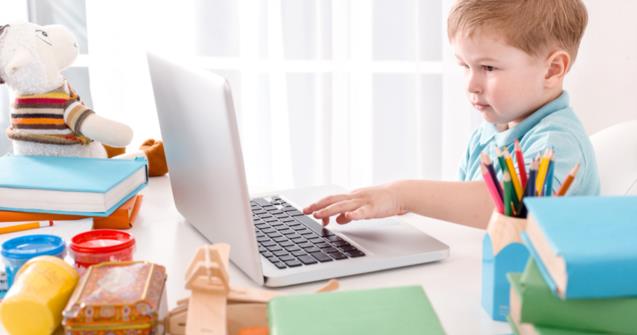
This is what you can expect at two years of age
You may have had the chance to read my article This is what you can expect at 12 months. If not, I encourage you to read it. You will find it in the Special needs section of the website.
In this article, my goal is to help you better understand two-year-olds. How does a two-year-old move? How can he express himself? Most importantly, what should you be concerned about on a developmental level? I've often mentioned the fact that early detection of difficulties is part of your role as early childhood educators. Quickly identifying possible developmental delays will make the implementation of various actions that may help a child overcome certain difficulties possible.
Of course, we cannot talk about two-year-olds without mentioning the famous terrible twos. I am pretty sure this phase no longer requires an introduction. Early childhood educators (and parents) are quite familiar with it. Its main characteristic is a period of assertiveness. At this stage, children waltz between dependence and independence. They use every means possible to assert themselves and distance themselves from the adults who care for them. Often, these manifestations result in tantrums. In fact, their frustration level soars as does the frequency of daily tantrums. Rest assured, like all other stages, this stage will pass. Beyond the terrible twos, let's get a closer look at what you can expect at two years of age.
How do I move?
At two years of age, I walk quite easily. I can even run. I might trip, mainly because I am not paying attention. I can go up and down stairs, with support. I can also hit a ball with my feet and throw it using my entire body, sometimes awkwardly. I have learned how to jump. I can jump over a small obstacle and off a step.
In terms of fine motor skills, I use all my fingers to hold a crayon or pencil. I continue to scribble, but my movements aren't quite as big anymore. I can stack 7 blocks and thread beads on a shoelace with a reinforced tip. I am starting to open and close scissors, without really cutting actual shapes. I can begin to cut strips of paper with an adult's help, but one snip of the scissors must result in a cut piece of paper. I can turn the pages of a book one at a time and am beginning to show an active interest in reading.
How do I communicate?
At two years old, my vocabulary includes approximately 200 words. I am beginning to use short sentences, but certain articles may be missing. I am beginning to ask simple questions, but they remain quite limited (where, why, who, etc.). I can name certain body parts. I communicate more and more, but may still have problems with my pronunciation. It's perfectly normal.
How do I play?
At two years old, I mostly enjoy parallel play. You may sometimes have the impression that I am playing with the child next to me, but in fact, even if we may be playing with the same material, we are not interacting. I still have very little interest in reaching out to others or playing with them. I prefer to play alone. Don't worry, I will soon begin interacting with my peers.
How do I understand my environment?
At two years old, I have acquired object permanence. I can therefore think of toys, people, or events even if I cannot see them. I can tell people how old I am when they ask me. I can count to 2. I am also beginning to understand cause and effect. If I tap a spoon on a table, I understand that I am the one causing the sound I hear. I am beginning to learn certain concepts (basic colors, quantities, etc.), although my level of understanding remains limited for now.
What should you worry about at two years of age?
You may be concerned about certain developmental aspects. If you notice several of the following elements, discuss them with my parents so you may determine the best way to help me together.
- I frequently fall when I run.
- I am unable to climb stairs, even with support.
- I do not climb.
- I cannot kick a ball with my foot.
- I cannot hop.
- I cannot feed myself with a spoon without making a mess.
- I cannot thread beads on a string or shoelace.
- I do not imitate writing with a pencil on paper.
- I do not play "pretend games".
- I do not understand instructions, even in context.
- I never ask questions and do not respond when you speak to me.
- I use limited words to express myself.
- I do not learn new words and, in general, I seem to learn very slowly.
There you have it. You now have a better idea of my development at two years old. Soon, I will be three. Continue to follow my evolution...
Maude Dubé, Specialized educator

 Home
Home Theme activities
Theme activities
 Babies and toddlers
Babies and toddlers
 Arts and crafts
Arts and crafts
 Science
Science
 Creative recipes
Creative recipes
 Tips and tricks
Tips and tricks
 Special needs
Special needs
 Extra activities
Extra activities
 Educ-TV
Educ-TV
 Newsletter
Newsletter  Online store
Online store Educatall club
Educatall club

